detail profile joris ivens
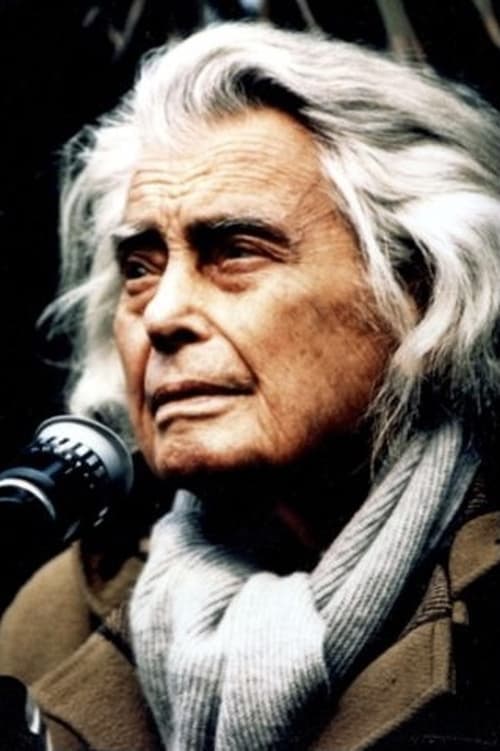
Riwayat Hidup
The filmmaker Joris Ivens was the son of C.
A.
P.
Ivens, owner of the CAPI photography shop in Nijmegen.
With the help of his father’s employees, in the 1910s the young Joris Ivens made the short film De wigwam, with roles for his parents, brothers, and sisters.
Ivens studied economics and photography.
From the end of the 1920s, he was one of the vital figures in the world of Dutch avant-garde film.
As a technical consultant, he was involved with the Filmliga, and made important avant-garde films like De brug and Regen.
He also founded the film company Studio Joris Ivens, where young, enthusiastic filmmakers could find a home.
The Studio was the cradle of experimental film in the early 1930s.
Ivens developed into a political filmmaker, and with films like Borinage, Spanish Earth, and Indonesia Calling!, he grew into a leading documentary filmmaker.
Info Pribadi
Peran Yang Di Mainkan Joris Ivens
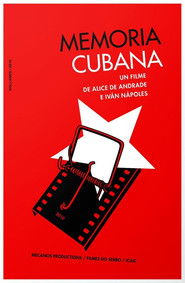 Through the files of Cuban cinema...
Through the files of Cuban cinema...Memória Cubana 2010
Through the files of Cuban cinema news program Noticieros ICAIC Latinoamericanos, the documentary shows the most relevant events of the second half of the 20th century as seen by the documentary filmmakers of the island. During three decades and under the general direction of Santiago Álvarez, these moviemakers witnessed almost everything: from the shivers of the Cold War to Bola de Nieve's piano solos; from the discovery of the killing fields in Cambodia to the Carnation Revolution in Portugal. In 2009, the original negatives of Noticieros ICAIC Latinoamericanos were declared part of the "world memory" by UNESCO.
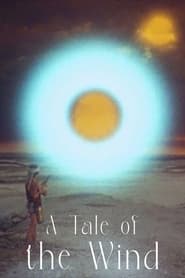 It is an autobiographical fiction starring...
It is an autobiographical fiction starring...A Tale of the Wind 1989
It is an autobiographical fiction starring Ivens as an old man who has spent his life trying to "tame the wind and harness the sea" by capturing them on film.
 In seven different parts Godard Ivens...
In seven different parts Godard Ivens...Far from Vietnam 1967
In seven different parts, Godard, Ivens, Klein, Lelouch, Marker, Resnais, and Varda show their sympathy for the North-Vietnamese army during the Vietnam War.
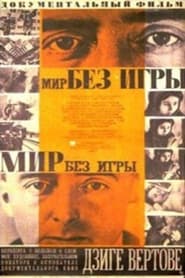 Documentary portrait of Dziga Vertov father...
Documentary portrait of Dziga Vertov father...World Without a Game 1966
Documentary portrait of Dziga Vertov, father of documentary cinema.
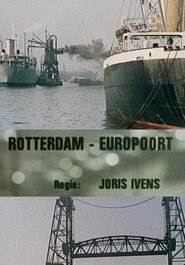 Instructional film about the former biggest...
Instructional film about the former biggest...Rotterdam-Europoort 1966
Instructional film about the (former) biggest harbour in the world, with a hybrid format. Well known Ivens themes are revisited, like The Flying Dutchman in the fiction part of the film, who returns to the modern day Rotterdam, that has recovered very well after the devastating bombardments in the second world war.
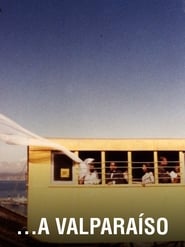 In 1962 Joris Ivens was invited to...
In 1962 Joris Ivens was invited to...Valparaiso 1964
In 1962 Joris Ivens was invited to Chile for teaching and filmmaking. Together with students he made …A Valparaíso, one of his most poetic films. Contrasting the prestigious history of the seaport with the present the film sketches a portrait of the city, built on 42 hills, with its wealth and poverty, its daily life on the streets, the stairs, the rack railways and in the bars. Although the port has lost its importance, the rich past is still present in the impoverished city. The film echoes this ambiguous situation in its dialectical poetic style, interweaving the daily life reality (of 1963) with the history of the city and changing from black and white to colour, finally leaving us with hopeful perspective for the children who are playing on the stairs and hills of this beautiful town.
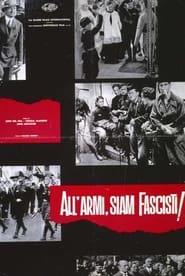 Documentary compiled from archives and accompanied...
Documentary compiled from archives and accompanied...To Arms, We Are Fascists! 1962
Documentary compiled from archives and accompanied by a poet's commentary, shows the sweep of modern Italian history from 1911 to 1961, centering on the conditions leading to Fascism and the post-WWII reaction to the Fascist experience.
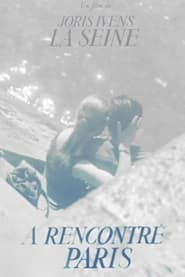 A poetic ode to the River...
A poetic ode to the River...The Seine Meets Paris 1957
A poetic ode to the River Seine, Ivens' distinguished camera eye surveys its lively banks and step-stone canals with a vérité candor, a beguiling elan.
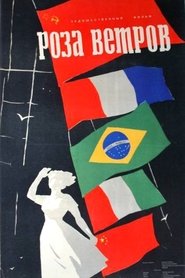 An international anthology about the struggles...
An international anthology about the struggles...The Wind Rose 1957
An international anthology about the struggles of female workers around the world.
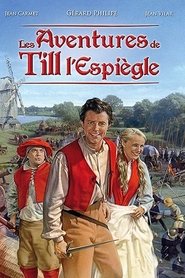 In the 16th century as Flanders...
In the 16th century as Flanders...Bold Adventure 1956
In the 16th century, as Flanders is invaded by the Spanish, Till the Mischievous uses stratagems to enter the service of Ferdinand Alvare de Toledo, Duke of Alba, and from there organize resistance against the invaders.
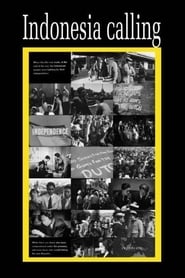 Two weeks after the bombing of...
Two weeks after the bombing of...Indonesia Calling 1946
Two weeks after the bombing of Hiroshima and Nagasaki, in August 1945, Indonesian Independence leaders proclaimed “Indonesia Merdeka!” ‘Freedom for Indonesia’ and an end to Dutch colonial rule over the Netherlands East Indies. Internationally renowned Dutch filmmaker Joris Ivens, in Australia as Film Commissioner for the Netherlands East Indies government in exile, resigned his position in protest against Dutch policy, which sought to re-impose its colonial rule. In collaboration with Indonesian activists, Chinese, Indian and Australian trade unionists, and local artists and filmmakers, Ivens made Indonesia Calling, a film documenting the crucial role of Australian trade union support in the establishment of the new Republic of Indonesia. Ivens’ film was an activist documentary; it actively contributed to the events it depicted. All those who worked on it became ‘adversely known’ to the security services.
 Frank Capradirected propaganda film produced during...
Frank Capradirected propaganda film produced during...Know Your Enemy: Japan 1945
Frank Capra-directed propaganda film produced during World War II depicting the United States' new enemy: Japan.
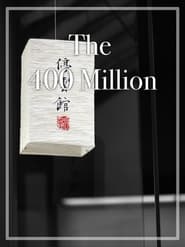 The 400 million people of China are...
The 400 million people of China are...The 400 Million 1939
The 400 million people of China are heirs to a great civilization, as their pagodas and stone lions can attest. But they are under attack from the Japanese. Civilian refugees walk, stumble, crawl to escape the destruction of their cities... While in the China of tradition, water buffalo still work the paddies and camels cross the desert, modern China is now a republic founded by Dr. Sun Yat-sen, with modern schools, heavy industry, large engineering projects... The government of Chiang Kai-shek resists the Japanese invasion from the coast. Madame Chiang receives a cheque from the U.S.A. for war relief. War production continues in distant villages safe from the grasp of the Japanese. With modern weapons the Chinese are pursuing their struggle behind enemy lines. And still their opponent persists in his reprisal bombings of civilian targets. "Will these people win?"
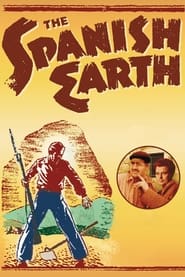 A propaganda film made during the...
A propaganda film made during the...The Spanish Earth 1937
A propaganda film made during the Spanish Civil War in support of the Republican government against the rebellion by Gen. Francisco Franco's forces who were backed by Nazi Germany and Fascist Italy. The film would have been seen by those making it as a documentary.
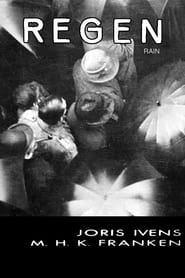 A lyrical portrait of Amsterdam and...
A lyrical portrait of Amsterdam and...Rain 1929
A lyrical portrait of Amsterdam and its changing appearance during a rain-shower.
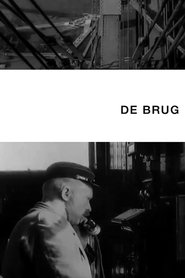 The Hefbrug may not be a...
The Hefbrug may not be a...The Bridge 1928
The Hefbrug may not be a remarkably beautiful bridge, but through a mix of close-ups, long shots, bird’s eye views and low angles, Joris Ivens conveys a sense of the bridge’s structure, its intricate mechanisms and ways of operating, the way it fits into the overall transport infrastructure and therefore the immense importance of this bridge for the whole city of Rotterdam.
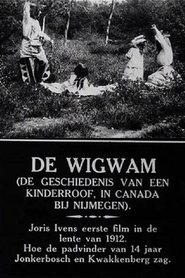 At the age of 14 Joris Ivens...
At the age of 14 Joris Ivens...The Flaming Arrow 1912
At the age of 14 Joris Ivens was fond of Cowboys and Indians stories, so he decided to invent one himself. He made a script and used a camera from his father's shop. This became his first film, Wigwam, with his own family as cast. Black Eagle, a bad Indian, kidnaps the daughter of a farmer's family. Flaming Arrow, played by the young director, saves the child from the kidnapper and brings her back to her family. No better conclusion than smoking a peace pipe. Although filmed in the spring of 1912, the film had a theatrical release in December 1915.
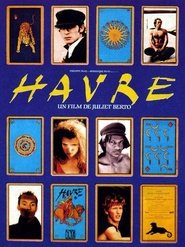 In a port city a youth...
In a port city a youth...